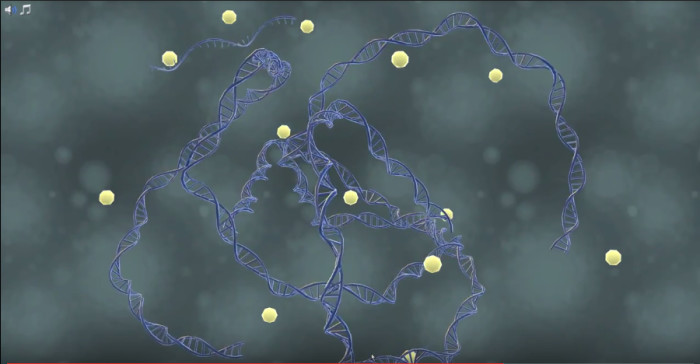
Multiplex Automated Genomic Engineering (MAGE) is a revolutionary technique that creates genetic diversity by simultaneously modifying multiple genes in an organism’s genome. This method finds particular use in the fields of biotechnology, synthetic biology and genetic engineering.
However, MAGE involves a highly complex, cyclic protocol with a number of biological ingredients like plasmids, enzymes and so on. Educators thus need to look for engaging methods to teach MAGE in a systematic, step-by-step manner. Here, we list five exciting ways to teach MAGE that will make it easier to understand.
The use of interactive models in education can give the students an independence that conventional classroom teaching fails to provide. As students interact and experiment with the subject matter, they become better learners.
For example, Labster’s MAGE simulation provides the students the opportunity to design their own MAGE experiments. They can tweak the various parameters that govern the MAGE procedure and immediately visualize the outcome. Specifically, they can change parameters like cell density, growth media, electroporation process, and MAGE cycle to generate different engineered bacteria.

Games and activities can make complicated topics less tiresome and more exciting. They can also enhance the students’ critical thinking and optimization capabilities. MAGE is one topic that can certainly benefit from the use of games and activities for teaching purposes.
For example, you can organize a MAGE design challenge for your students. Herein, the students (or groups of students) must develop a full-fledged strategy to modify an organism’s genome using MAGE. They will have to think about:
· The genes involved,
· The traits they desire to achieve, and
· Any caveats that may impact the procedure.
This activity will encourage the students to think critically about biological problems while making MAGE exciting!
Teaching the multistep nature of MAGE can become easier with the use of advanced technologies like animation and simulation. These technologies can help the students visualize the molecular-level events that define each step of the process.
Take Labster’s MAGE simulation, for example. In our simulation, students:
· Watch immersive 3D animations to understand each step of the MAGE cycle at the molecular level.
· Learn about designing the oligonucleotides for MAGE.
· Gain an insight into the proteins, enzymes and plasmids that make the procedure possible.
· Virtually perform MAGE to enhance the beta-carotene metabolic pathway in Escherichia coli.

Discover Labster's MAGE virtual lab today!
It is always inspiring to hear from erudite professionals who have expertly applied a subject to build a fruitful career. This is because such professionals remind the students of the exciting careers that await them if they invest their time in learning.
Educators can inspire students to learn and apply MAGE in a similar way. Here are some examples. Invite a genetic engineer to conduct an interactive seminar on how they leverage the capabilities of MAGE in their profession. Talk about how industrial biotechnologists use MAGE to increase the efficiency of microbial production of valuable compounds. Discuss how synthetic biologists use MAGE to engineer bacteria with novel properties.
The desire and the drive to develop advanced procedures like MAGE often stem from the real-world applications they can serve. Knowing about these real-world applications can transform the way students think about complex experimental procedures and inspire them to learn.
For example, tell your students how MAGE helps scientists enhance specific metabolic pathways to achieve desirable traits for biotechnological applications. Discuss the diversity of these biotechnological applications of MAGE – like the production of pharmaceuticals, bioplastics, biofuels, or enzymes. Talk about how MAGE could help engineer microorganisms that can act as biosensors or bio-factories.
MAGE is a complex, evolution-like procedure that has accelerated the fields of genetics and biotechnology in an unprecedented manner. Educators need to carefully and creatively break down the complexities of this procedure so students can better grasp it. The five methods we have discussed here can help you teach the workings and applications of MAGE to your students in an engaging manner.
Try our free 30-day All Access Educator's Pass today and teach with the MAGE simulation alongside 300+ other virtual labs!

Labster helps universities and high schools enhance student success in STEM.
Request DemoRequest a demo to discover how Labster helps high schools and universities enhance student success.
Request Demo